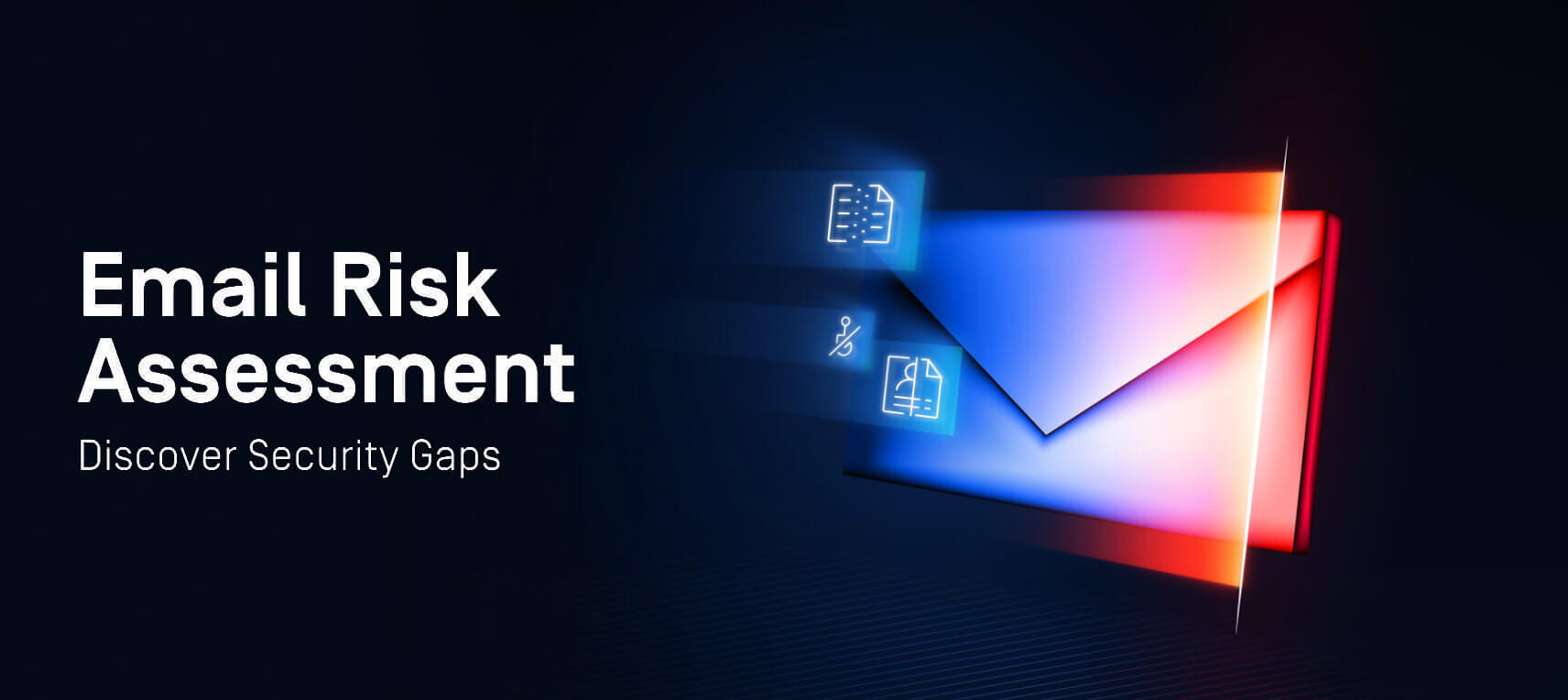The cybersecurity domain in 2023 was notably turbulent, with email infrastructures often finding themselves in the crosshairs of threat actors. This overview aims to highlight the top email security threats from the past year and reinforce the imperative of integrating a zero-trust approach as we advance into 2024.

1. The Rise of Credential Harvesting
Throughout 2023, a shocking 41% of security breaches were attributed to credential harvesting. These attacks meticulously gather user credentials to gain unauthorized entry into networks and access sensitive information. The methods—typically a combination of malware, phishing, and domain spoofing—challenge traditional security protocols.
The theft of credentials is just the initial phase of potential cyber threats. These credentials serve as keys for attackers to escalate their operations, leading to data breaches and system compromises that set the stage for more elaborate cyber attacks.
2. The Surge of Fileless Malware
A notable spike in fileless malware incidents was recorded in 2023, with a 1,400% increase. This sophisticated attack vector manipulates legitimate system processes to execute malicious activities, thereby remaining under the radar of traditional detection tools. This heightened activity in attack vectors calls for an overhaul in detection and response mechanisms.
Fileless malware operates without embedding code into the target's system, evading many of the established detection protocols. The sharp uptick in these attacks underscores the urgency for adopting real-time, adaptable security measures.
3. The Challenge of Novel Malware
The previous year saw the registration of over 450,000 new malware variants by the AV-TEST Institute, a testament to the ongoing emergence of novel cyber threats. The ability of these new malware types to avoid detection makes them especially problematic for security infrastructures.
New malware variants are continually introduced, often utilizing open-source code or exploiting security vulnerabilities in existing software, with upgraded features to avoid detection, presenting a constantly evolving threat landscape.
4. The Threat Posed by Dormant Malware
Dormant malware presents a unique challenge due to its ability to stay hidden within systems until a trigger event occurs. It's designed to avoid detection until activation, making it a severe threat to system integrity.
This malware type, which can be triggered by a variety of factors such as time, user behavior, or changes in network conditions, can remain undetected for extended periods, representing an ongoing risk to any organization's security posture.
5. The Peril of Business Email Compromise (BEC)
BEC remained a significant threat in 2023, with fraudsters impersonating trusted contacts to manipulate employees or clients into making security missteps. These attacks, which leverage social engineering to bypass technical safeguards, are notoriously difficult to detect using standard security measures.
The 2022 Internet Crime Report from the FBI's Internet Crime Complaint Center (IC3) underscored the impact of BEC, citing substantial financial losses incurred from these attacks, notably $83.8 million in Illinois alone, indicating the critical need for heightened vigilance and advanced protective measures.
Effective Email Security in 2024 Means Leveraging a Zero-Trust Approach
Embracing a zero-trust approach for email protection in 2024 is essential in addressing the complex cyber threats that emerged in 2023. This methodology operates under the assumption that no email or file is automatically trustworthy, applying a consistent "never trust, always verify" mindset. To deploy this approach effectively, a combination of cutting-edge technologies and robust practices is essential:
Fileless Malware, Unknown Malware, and Dormant Malware:
- These threats are collectively tackled through comprehensive scanning and real-time analysis of all email attachments and links, regardless of the sender's trust level. This approach is crucial for detecting and mitigating sophisticated malware that may not have known signatures.
- Fileless and unknown malware require advanced detection tools capable of identifying unusual behaviors or content patterns, including script executions or memory exploits.
- Dormant malware, which can remain inactive within the email system until triggered, necessitates continuous monitoring and analysis, even post-delivery, to identify and neutralize threats before they activate.
Credential Harvesting:
- Advanced email scanning solutions play a vital role in preventing credential theft via email by scrutinizing all attachments and links for potential threats, such as phishing attempts or malicious content designed to capture user credentials.
Business Email Compromise (BEC):
- BEC attacks are primarily countered through heightened user awareness and training. In a zero-trust framework, educating users about the nature of BEC scams, how to recognize phishing attempts, and the importance of verifying email content and sender identity is crucial.
- Regular training sessions, simulations of BEC scenarios, and clear communication channels for reporting suspicious activities are essential components of this strategy. By empowering users to identify and report potential BEC attacks, organizations can significantly reduce the risk of these targeted scams.
To conclude, the integration of a zero-trust approach in email security necessitates a well-rounded assortment of practices and technologies. Key elements include state-of-the-art threat detection systems, constant monitoring and immediate analysis capabilities, and an emphasis on regular user training and heightened awareness. By adopting these components, organizations can establish a resilient email security stance that is adept at addressing the dynamic threats within the cybersecurity arena.
Discover Security Gaps with an Email Risk Assessment

In 2024 it's vital to have a clear understanding of your organization's existing email security posture and the specific requirements in response to the challenges mentioned earlier.
OPSWAT provides a detailed Email Risk Assessment designed to pinpoint weaknesses in your email security framework. Obtain valuable insights with cutting-edge email security technology that will:
- Identify zero-day malware through Multiscanning with over 30 antivirus engines.
- Reveal unknown malware swiftly with a Real-time Sandbox, operating 10 times faster than conventional sandboxes.
- Detect unknown and zero-day file-based threats using Deep CDR, compatible with more than 150 file types.
By assessing your current email security measures against the backdrop of an evolving threat environment, you'll be empowered to take preemptive actions to strengthen your email defenses.

